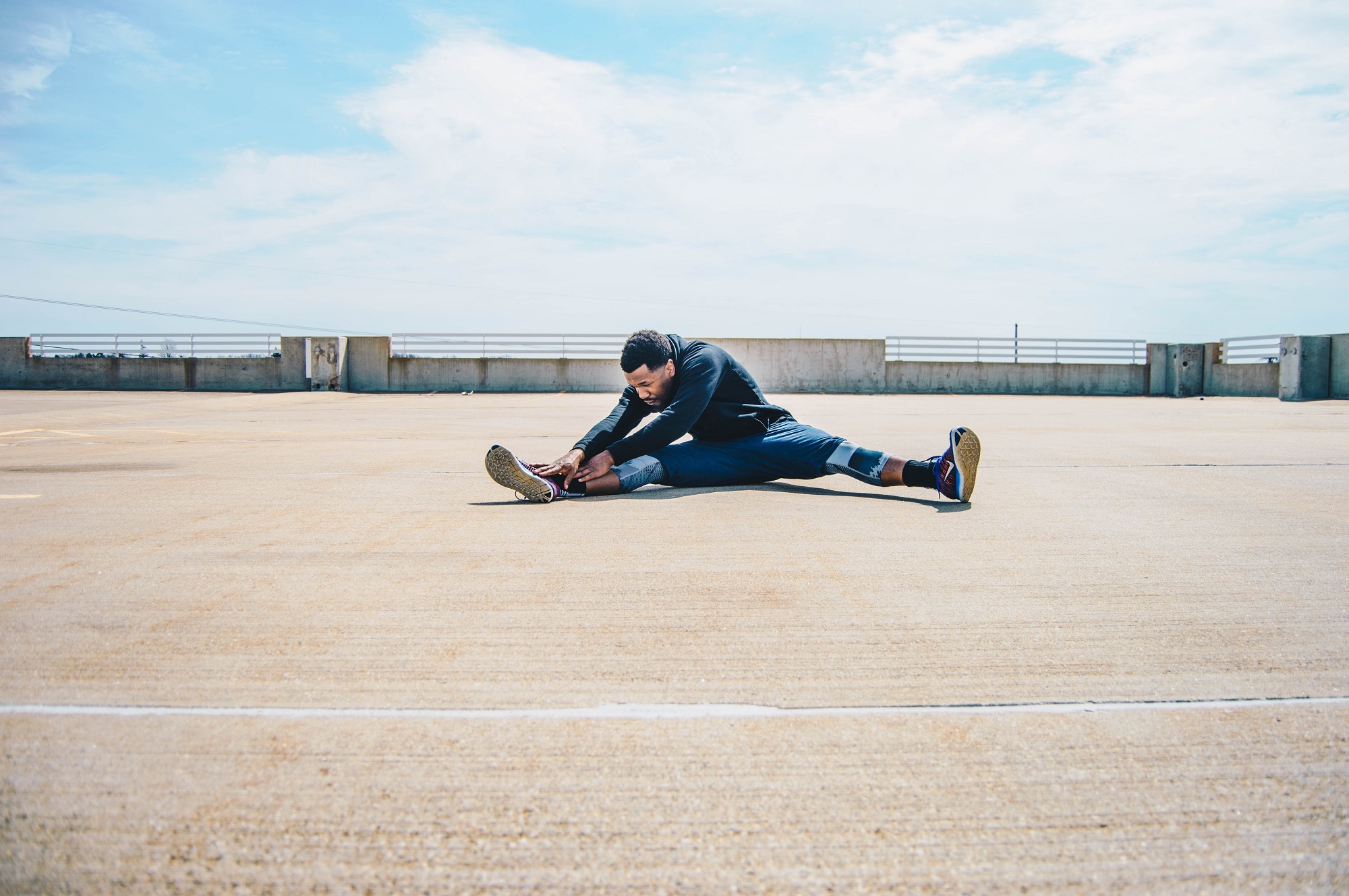How To Train for Running Injury Free
Antonio Williams, M.S., NASM, P.E.S, Case Management Specialist, Health Educator at Cigna has very helpful information to help you avoid injuries when training for races. I made many of these mistakes when I was an early runner.
Cross Training
A mistake some runners make is not including strength training in their training program. That’s why I shared why cross training is important in my more recent post. It is important to include this because the continuous pounding on the pavement fatigues your muscles. Over time and as you increase your distance, this will force other muscles in your body to overcompensate. When this happens, you can injure those muscles because they are doing work that your other muscles should be doing.
Running is primarily a workout that uses your lower muscles like your legs, glutes, and hamstrings; but it is important to have a strong upper body as well to help you maintain good posture when you run. This will ensure that you don’t injure your lower back and that your upper body can also help you run faster as you swing your arms to help move your legs faster. Running is more of a muscular endurance than muscular strength, so that is why it is important to include strength training into your routine.
I have been doing the Beach Body exercise videos for a year and I have been very happy with the mixture of strength training with my running. It also helps break up the week for me and I don’t feel guilty if I am not doing something on a day that I am not running.
Stretching/Yoga
Antonio says,
a lack of flexibility is the most common cause for injuries. Tight calves, hip flexors, IT bands (side of thigh), quadriceps, lats (back) and adductors (groin) all will put the runner at risk. These muscles are usually tight for people who have desk jobs or sit a lot.
I know this is the case for me because I sit often for work, I sit in my car to drive to and from work and when I am at home I try not to sit as much and get more motion and standing in for the day to make up for all the sitting I did. I was doing yoga for a while and I found that every helpful. I loved it for the meditation aspect just as much as I knew I was helping my body become more flexible.
Lack of flexibility affects speed
Antonio also states that a lack of flexibility may also alter proper running mechanics. When this happens it will cause them to slow down because your muscles aren’t working with the efficiency needed for speed. A lack of flexibility will cause certain muscles to work harder than others.
Strength Training
To help your body with the pounding on the pavement, Antonio recommends doing strength training two or three days a week. Over time, your muscles won’t tire as quickly. You’ll be able to run further, faster and for longer durations.
Specific Stretches from Antonio Williams
Antonio has listed the following exercises as important to your fitness and training routine to help keep you limber:
Calf stretch
Put both hands against a wall with arms extended. Lean with one leg bent forward and the other leg extended back. Keep your knee straight and foot positioned forward. Push rear heel to floor (toe pointed straight ahead) and move hips slightly forward. Hold stretch. Repeat with opposite leg.
Back stretch
Kneel in front of a chair or stable surface. Place one hand on the surface and slowly lower chest toward the ground. Feel the stretch in your upper shoulder area around your armpit. Do not arch your lower back, and tighten your core as you lower your chest. Repeat on opposite side.
Quad stretch
Kneel with one knee on a padded mat and your other foot positioned forward. Place back foot onto a stable surface like a bench. Slowly drive hip forward and squeeze glute on the same side as the quad being stretched. Hold stretch. Repeat with opposite side.
Groin stretch
Stand next to a stable, knee-high surface. Place your foot on the surface and slowly reach your hand toward your feet. Feel the stretch in the groin area of your leg on the surface. Keep both toes straight ahead, as feet may have a tendency to point outward. Do not shift hips toward leg on the surface. Repeat on opposite leg.
I hope these fitness tips will help you as you are getting closer to the Disneyland Half Marathon weekend. But you can also use this tips for all races you are doing. If you are training for the runDisney Dopey Challenge, Goofy Challenge, full marathon, half marathon, 10K, or 5K in January of 2018 these tips will also be get to know as you prepare for these much longer distances.



